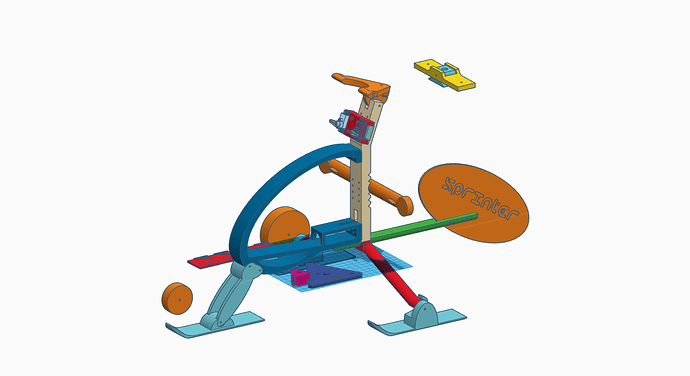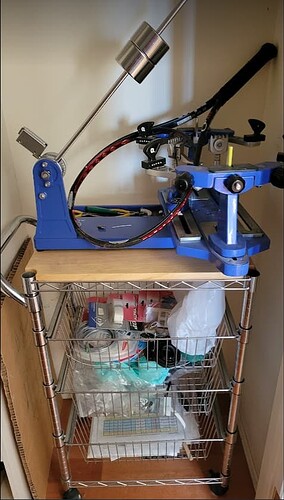I have the creator pro 2, so I am not very familiar with the adventurer 3. Though I can comment on some generic printer stuff. I will say I haven't had my CP2 very long, but it has been a pretty good printing experience so far. Just ran about 10-11 hours worth of printing on it today.
Regarding the garage placement, personally I wouldn't recommend it. I have noticed changes in printability even from summer indoor temps to winter indoor temps. So a change from around 74°F to 69°F has made a noticeable difference. The other, probably more important factor here is humidity. The filament absorbs moisture in the air and leaving them out too long causes it to print like crap. For my Anet A8 printer I picked up a filament heater which the spool sat in and it kept it warm to reduce moisture in the spool.
With my Anet A8 (unenclosed printer) I printed mainly ABS, and it would struggle in the winter time. Usually with bed adhesion, and it had a heated bed. I normally had to crank up the bed temp a little more to get prints to stick / avoid warping. I ended up moving it into my office's walk in closet. When I printed I just shut the door and it kept the temp really nice. It was probably a 6'x4' room, so it was small enough it would be noticeably warmer in there after an hour or so of the printer running. Also was nice to keep the bad ABS smell locked up in a room, and it is probably safer too. I thought about moving the printer into my basement, but considering it is usually around 60°F there, I thought it might be too cold to print reliably.
I have my CP2 printer sitting on an Ikea Alex (the shorter wide one). This is great, as this base is very stable, and resists motion when pushed or bumped into. There is also some space around the printer to leave my tools for setup / taking prints off the bed. A wheeled cart might be fine, the biggest issue would be if someone were to bump into it while printing. If that happened, then your print could get screwed up, or have a noticeable defect. My old Anet was sitting on a pressboard table, which was fairly sturdy, but if I pushed the top of it fairly hard it would wiggle a little bit. Given the location though, I was never worried about it getting bumped. The cart you posted would probably be fine, I would maybe recommend locking the wheels while printing. Also keep the wood top so you have a nice flat surface for the feet to sit on.
I used to have a standard HP paper printer on a TV tray, and when it was printing the whole tray would shake back and forth. Same concept applies here, mass moving around on the gantry can cause the table to shake if not sturdy enough. A TV tray would definitely be too flimsy for a 3D printer. The other result to avoiding this is to slowdown the print speed, but no one wants to wait longer for a print to finish, or maybe I'm just too impatient 
Just to reiterate, the more sturdy of a base you can get, the better. But as long as it doesn't wobble around very easily should be fine. And doing what you can to prevent it from being bumped into will only give you the best results. Also, keeping it in a temp controlled room is best, if possible for temp and humidity.





